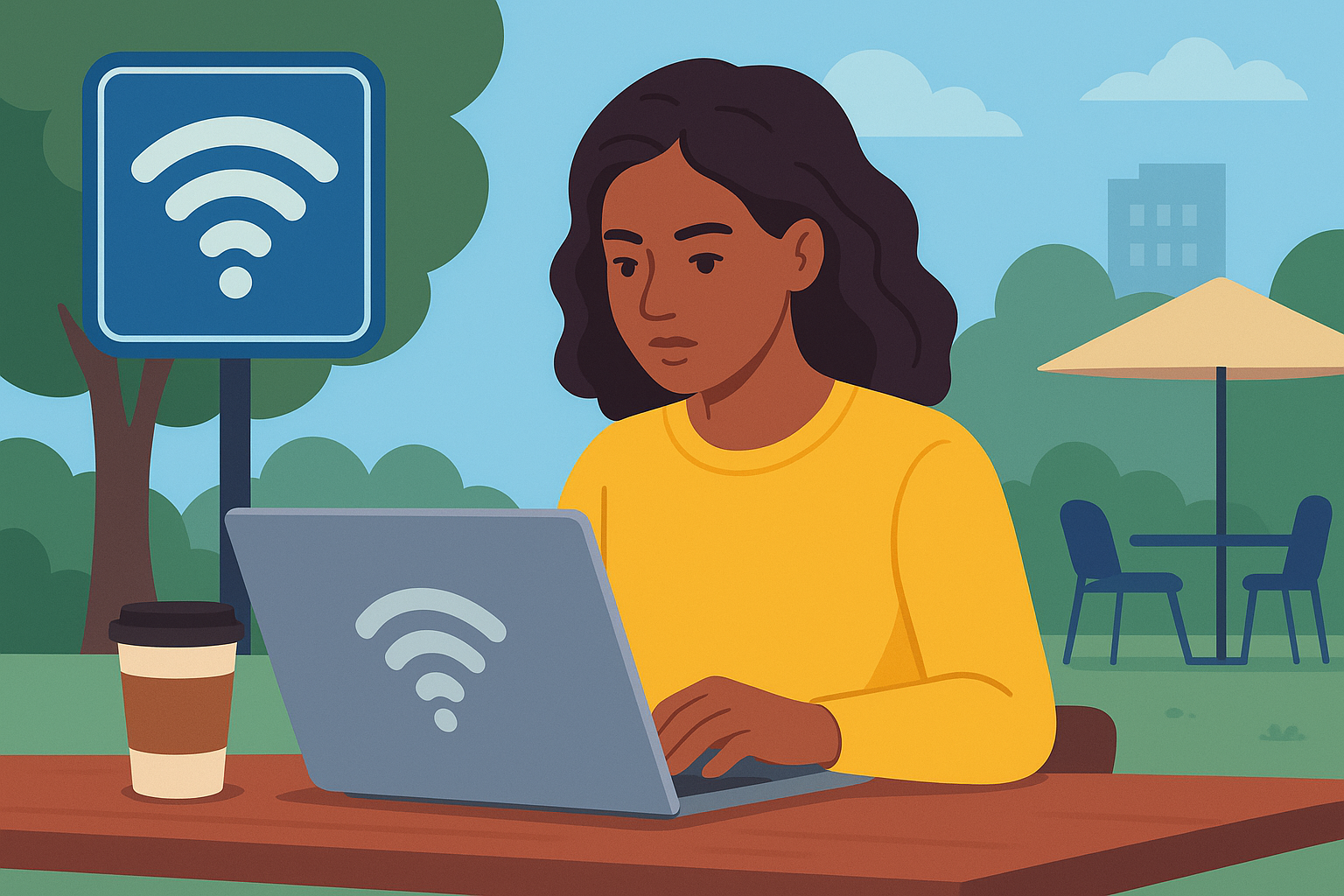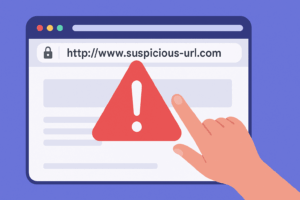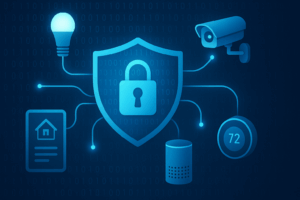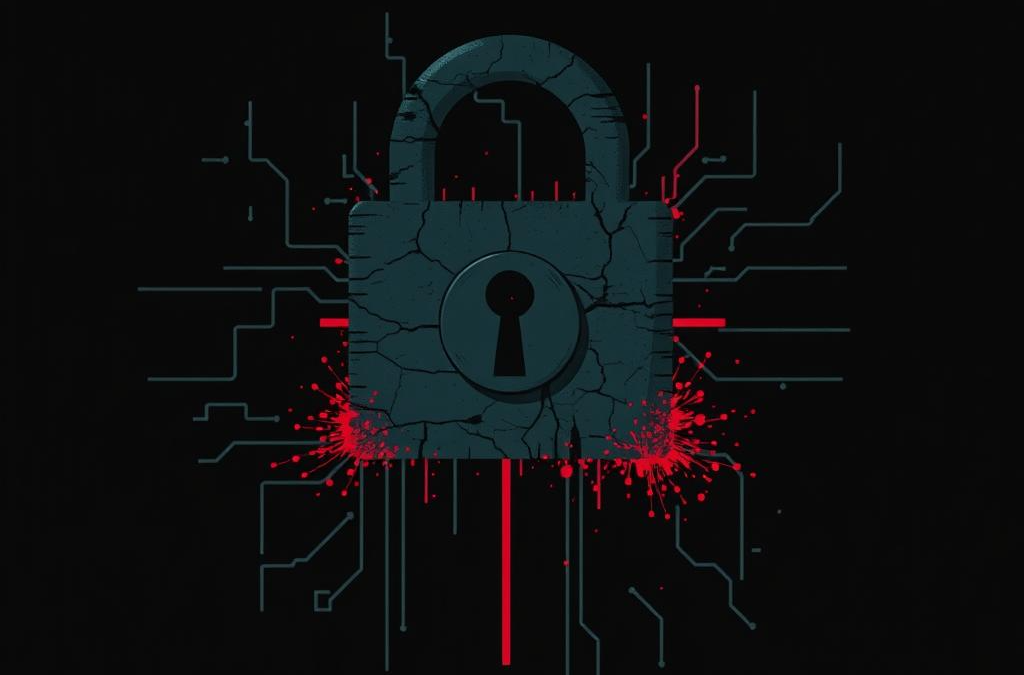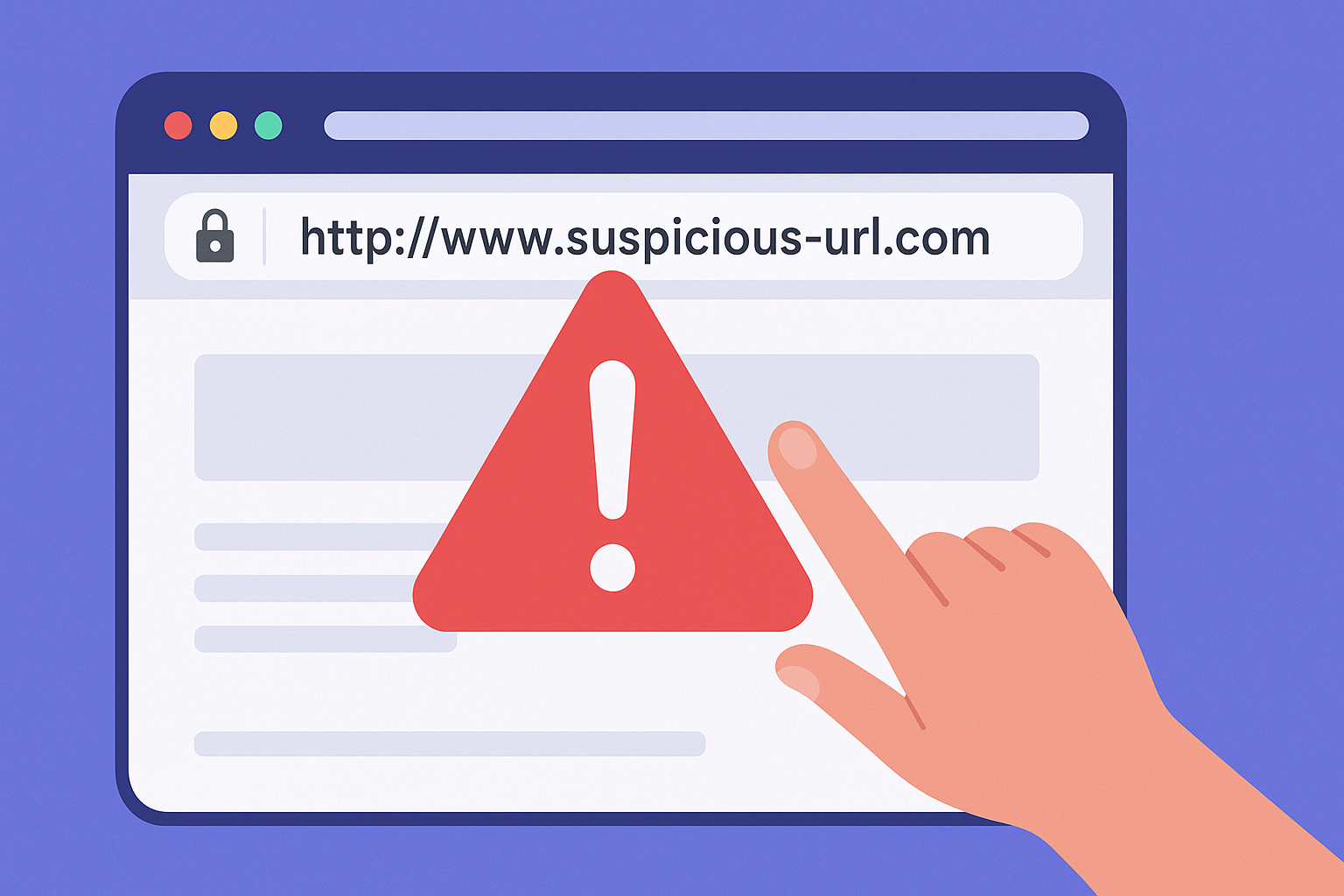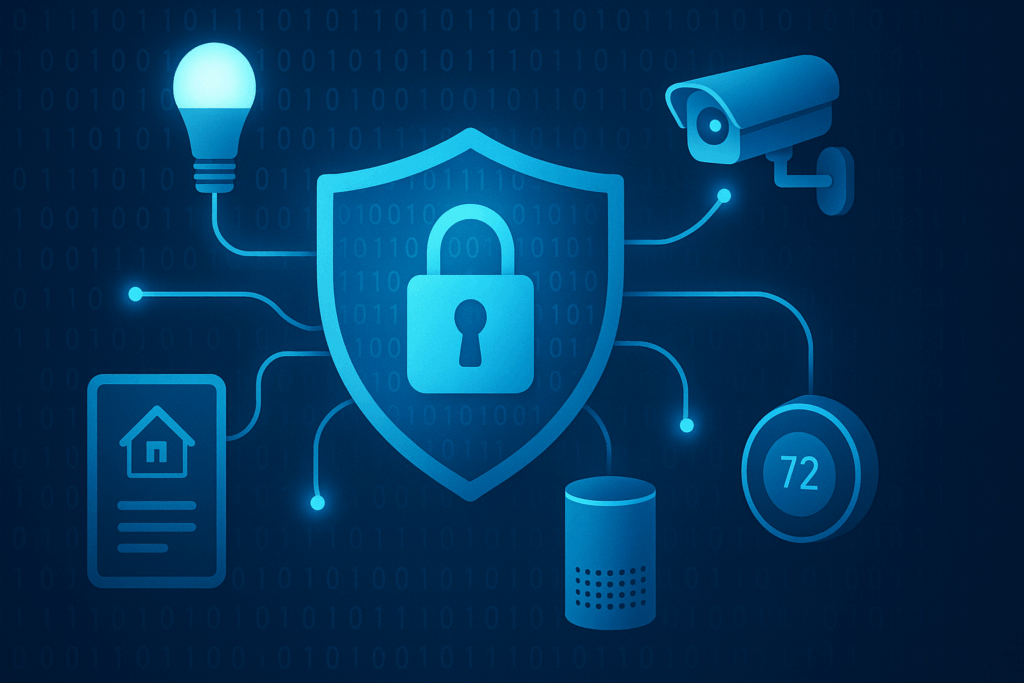Public Wi-Fi hotspots are widely available—in coffee shops, airports, hotels, libraries, and even outdoor spaces like parks. While they offer great convenience, they also create opportunities for hackers to exploit. If you’re wondering how to secure public Wi-Fi connections safely, you’re not alone. In this guide, we’ll show you effective ways to safeguard your personal information and privacy each time you use public Wi-Fi.
Why Public Wi-Fi Is Risky
Unlike private networks, public Wi-Fi often has minimal security. Here’s why that’s a problem:
- Unencrypted traffic: Data can be intercepted between your device and the router.
- Man-in-the-middle attacks: Hackers can insert themselves between you and the connection point to steal information.
- Rogue hotspots: Cybercriminals can set up fake networks to lure users.
Knowing these dangers is the first step to securing public Wi-Fi safely.
1. Always Use a VPN
A Virtual Private Network (VPN) secures your online activity by encrypting your data, preventing anyone from intercepting or reading it.
- Choose a VPN that uses AES-256 encryption and enforces a strict no-logs policy.
- Always activate your VPN before connecting to public Wi-Fi.
Pro tip: Avoid free VPNs — they may compromise your privacy. Discover more in our guide to VPN service comparisons.
2. Enable HTTPS Everywhere
When browsing, make sure the website uses HTTPS instead of HTTP. HTTPS protects the exchange of information between your browser and the website by encrypting it.
- Check for the padlock symbol in your browser’s address bar to confirm a secure connection.
- Install browser extensions like “HTTPS Everywhere” for automatic protection.
3. Turn Off Automatic Connections
Many devices automatically connect to familiar networks — which hackers can spoof.
- On iOS: Go to Settings → Wi-Fi → Ask to Join Networks.
- On Android: Go to Settings → Wi-Fi → Wi-Fi preferences → Turn off auto-connect.
4. Use Two-Factor Authentication (2FA)
Even if your password is stolen, 2FA adds an extra barrier.
- Enable it for your email, bank, and social media accounts.
- Use authentication apps instead of SMS when possible.
5. Avoid Sensitive Transactions
While connected to public Wi-Fi, avoid:
- Online banking
- Shopping with credit cards
- Accessing sensitive business files
If it’s urgent, use your mobile data instead.
6. Keep Your Software Updated
Security updates often patch vulnerabilities that hackers exploit.
- Update your operating system, browsers, and security apps regularly.
- Enable automatic updates when possible.
7. Forget the Network After Use
When you’re done, remove the Wi-Fi network from your saved list. This prevents future auto-connections.
To Sum It Up
Knowing how to secure public Wi-Fi connections safely isn’t just about one tool — it’s about building multiple layers of defense. Use a VPN, keep your device updated, and be mindful of what you do online when connected to open networks. Convenience should never come at the cost of your privacy.
